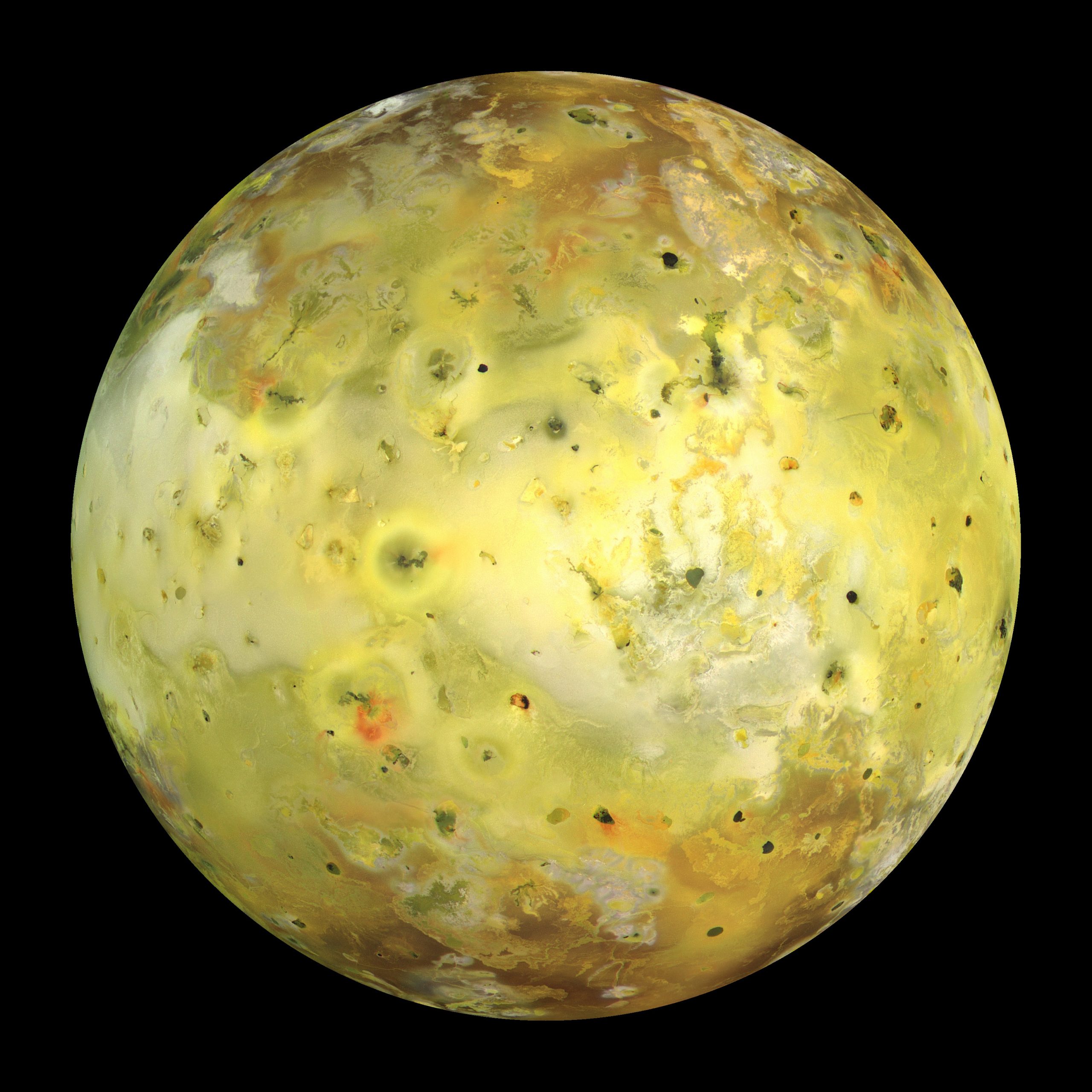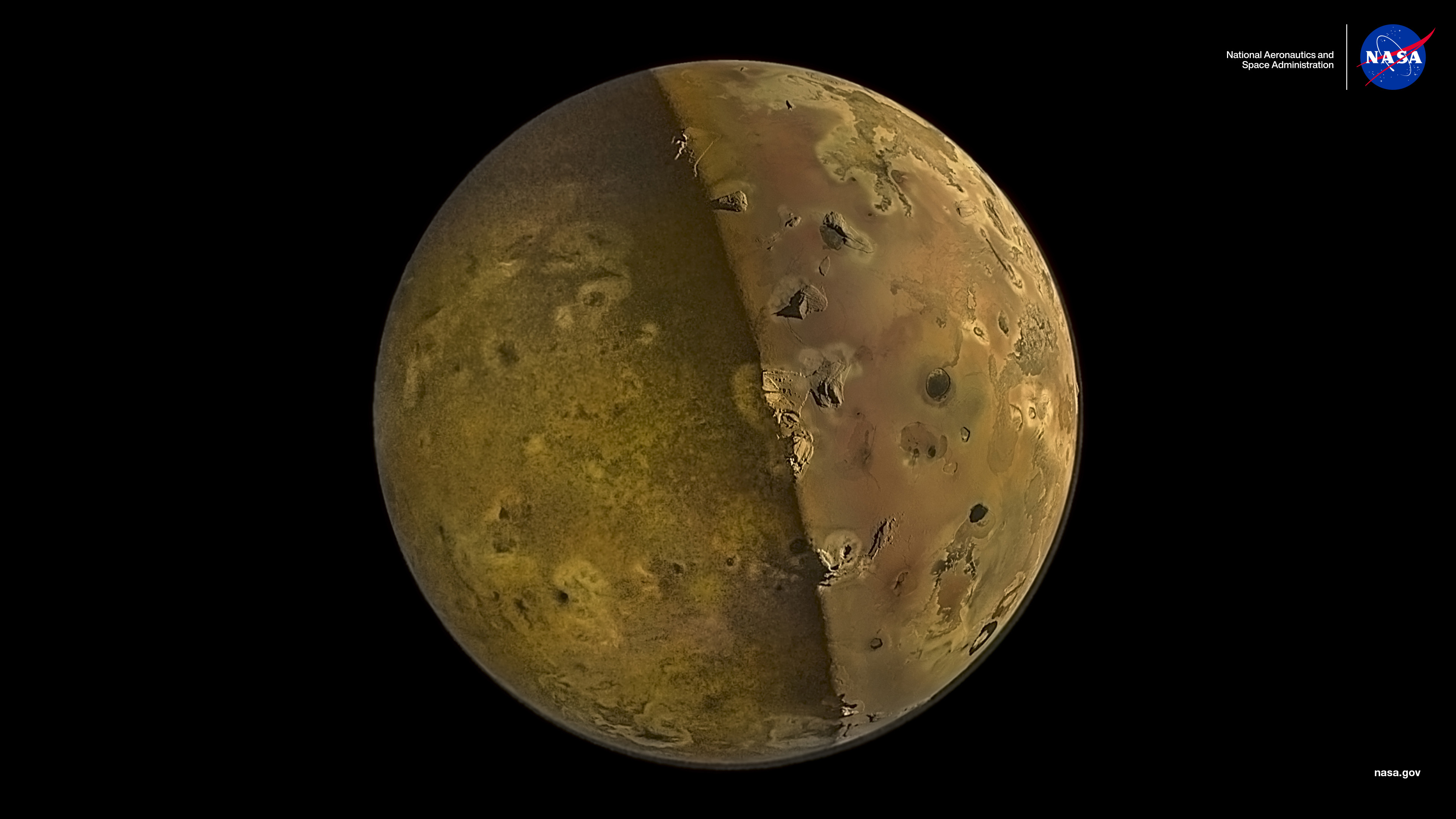

During its close flyby of Jupiter’s moon Io on December 30, 2023, NASA’s Juno spacecraft captured some of the most detailed imagery ever of Io’s volcanic surface. This image is the NASA Science Image of the Month for October 2025.
Read More

During its close flyby of Jupiter’s moon Io on December 30, 2023, NASA’s Juno spacecraft captured some of the most detailed imagery ever of Io’s volcanic surface. This image is the NASA Science Image of the Month for October 2025.
Read More
| Picture of the day |
|---|

|
|
Composite image of Ganymede, the largest and most massive moon of Jupiter, taken by the Juno spacecraft on this day in 2021.
|


JunoCam, the visible light imager aboard NASA’s Juno, captured this view of Jupiter’s northern high latitudes during the spacecraft’s 69th flyby of the giant planet on Jan. 28, 2025. Jupiter’s belts and zones stand out in this enhanced color rendition, along with the turbulence along their edges caused by winds going in different directions.
Read More

Released on Nov. 3, 2023, in honor of Jupiter reaching opposition, which occurs when the planet and the Sun are in opposite sides of the sky, this view of the gas giant planet includes the iconic, massive storm called the “Great Red Spot.”
Read More